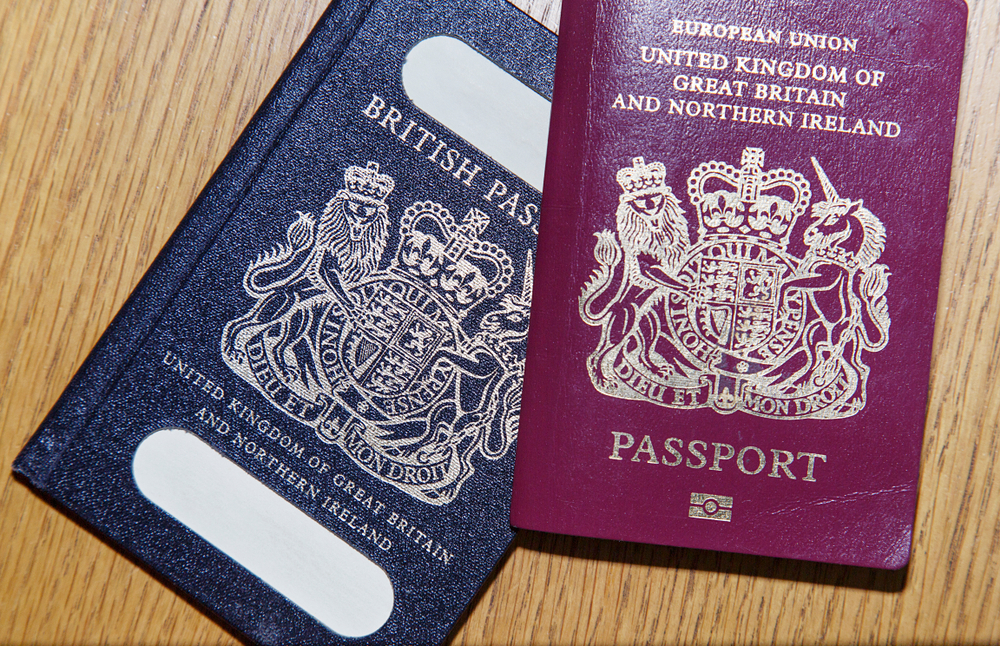The world has been becoming increasingly digitally focussed since the advent of the world wide web in 1989. However, there are certain things which have taken longer to move online, and these are usually items of more significant security implications such as personal identification and items regarding banking and finance.

Passports have been typically paper-based, but now you can apply for yours by conducting a British passport online application with the ability to provide digital photos as your passport photo. This has not only speeded up the process but has also modernised it bringing into the digital age.
It is sporadic these days to see real printed photographs. Smartphones have enabled us to take more pictures than ever, and we upload them to sharing platforms to see them rather than printing them off and putting them in albums. In the same way, you no longer need a printed photo for your passport, and you can get a digital passport photo for your online application at HMPO. Using a service such as this will ensure your photo size will be accurate, as will the size in pixels.
If you need a hard copy of your picture, you can also order a physical printout of your passport photo, meaning you can have the best of both worlds.
The change towards all things digital-only looks set to continue in the future as we become a paperless nation. There is a significant focus on the environment and shifting products to be online will help this, not requiring any physical production at all.
There’s also an added security benefit to not requiring an actual document such as a passport. The risk of theft or losing a passport is high and getting a replacement can be a timely and costly process which can be challenging if it happens while you’re in a foreign country. If it becomes an entirely digital form of identification, this risk diminishes. There is always a risk of cyber-attack but the information exists online as well as in hard copy anyway so this risk already exists. The ability to create counterfeit items is also removed as it would, in theory, be a lot more difficult to duplicate an ePassport.
The changing nature of the UK’s demographic is that users of technology are getting younger AND older. Children in schools are using devices to complete homework and are learning how to programme software. Their social lives are arranged via smartphones and friendships formed through social media and it’s only going to increase in accessibility with more and more things moving online. Equally, the older generation is more connected too, and this is partly to do with how accessible technology is to use. As it lowers in cost and spreads even more in popularity, the usability will only get more intuitive.
In the not too distant future, it is likely we will be in a world where only ePassports will be required to navigate the globe and the need for physical prints of passport photos will no longer be required.


18 March 2020
You know what you can generate passport photos for every country and download them for free!!! just visit https://makepassportphoto.com/